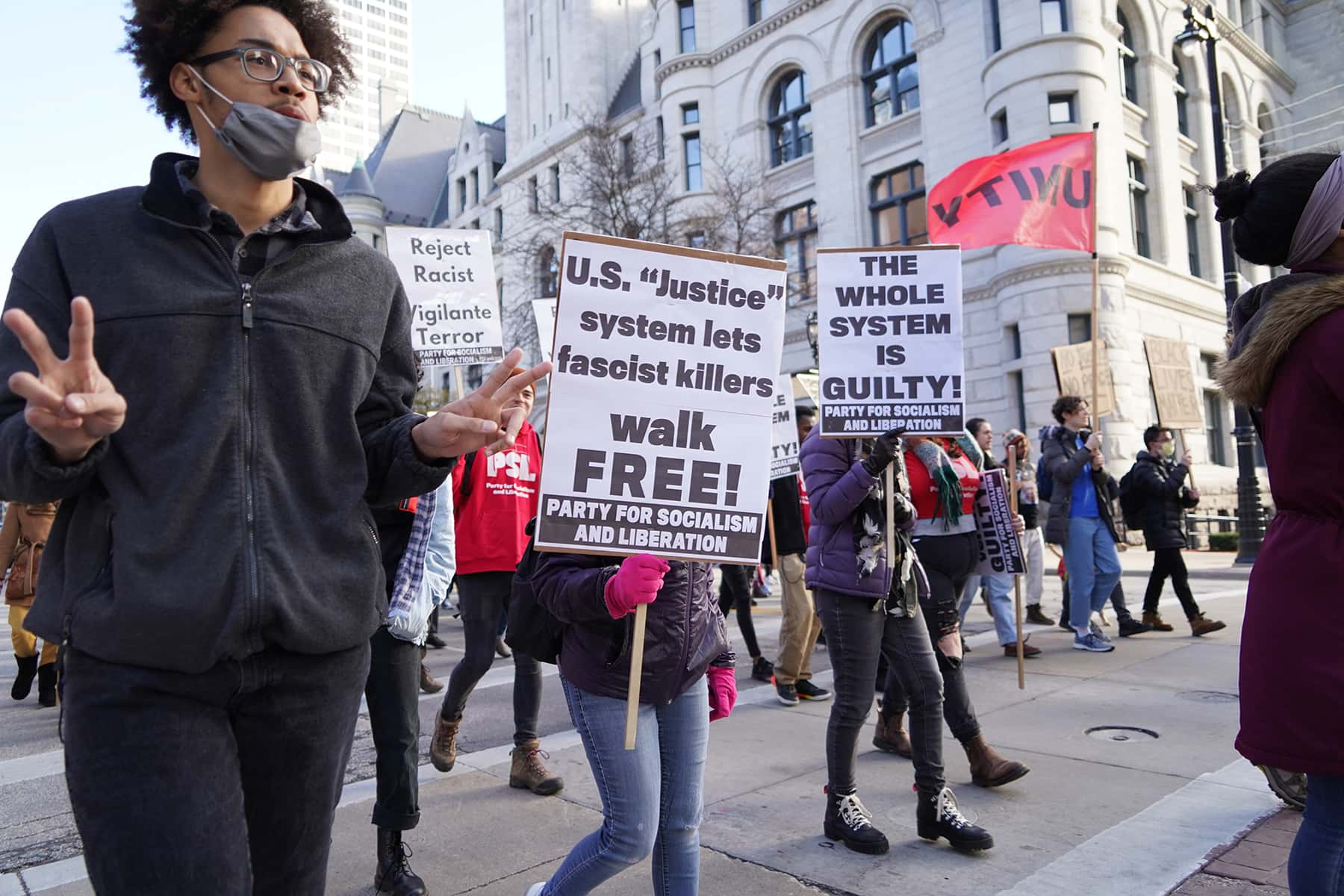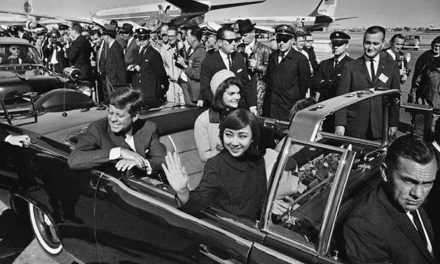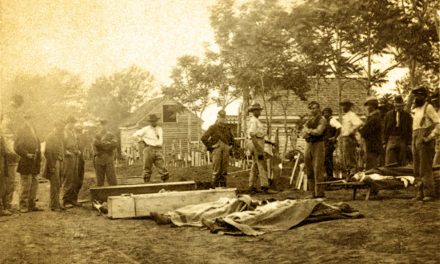
It is well known that no one is teaching critical race theory in the K-12 system. The current discussions of Critical Race Theory (CRT) are the result of a tried-and-true right-wing strategy to create weird forms of cathexis where they link the name of something obscure with things that bother people at their core, to create lightning rods by which to channel toxic energy through the bodies of their followers, in ways that bond people to their to their death cult.
But in our rush to expose the dishonesty behind the vilification of CRT we might be passing up a golden opportunity to actually learn about it. In its right-wing boogeyman form, it amounts to nothing more than teaching the hard realities of our country’s history of racism. But to those of us who have read it, critical race theory is a body of brilliant investigations into the deep ways that racism is built into the core of our legal systems.
The central insight of critical race theory is that law is not a set of rational principles and neutral practices that are applied to adjudicate our differences when things go wrong. Rather law is always wrapped up with a system of meaning and values, and it both reflects and constructs social relations. Critical race theorists have studied the ways that race is deeply imbricated into legal reasoning.
They look at the origins of notions of property in the West, beginning at a time when Indigenous people were not seen to have a right to the land because they did not farm it “rationally.” They look at the time when people with African ancestry not only did not have their property rights protected by law, but they themselves were property. They show ways that these racial practices were built into the system from the beginning, and how they persist to the present day.
Cheryl Harris begins Whiteness as Property with a discussion of her family members who were born legally considered to be property. She goes on to explore how White people come to believe that their White privilege is a form of property that it is illegitimate to take from us. She ends the essay with:
“Whiteness as property has carried and produced a heavy legacy. It is a ghost that has haunted the political and legal domains in which claims for justice have been inadequately addressed for far too long. …In protecting the property’s interest in Whiteness, property is assumed to be no more than the right to prohibit infringement on settled expectations, ignoring countervailing equitable claims predicated on a right to inclusion. It is long past time to put the property interest in Whiteness to rest.”
In recent years it has become almost impossible to win a legal case claiming that one has been discriminated against. Several Supreme Court decisions make it such that there needs to be proof of intent to discriminate. A few decades ago, it was enough to show statistically significant disparate outcomes.
In her essay Metrobroadcasting, Inc. vs FCC: Regrouping in Singular Times, Patricia Williams argues that “The idea that an egalitarian society can be achieved or maintained through the mechanism of blind neutrality is fallacious. Racial discrimination is powerful precisely because of its frequent invisibility, its felt neutrality…. Racism inscribes culture with generalized preferences and routinized notions of propriety. It is aspiration much as condemnation; it is an aesthetic. It empowers mere familiarity and comfort for the status quo by labeling that status quo as “natural.”
Rittenhouse was acquitted of two murders and one maiming on the basis that he acted in self-defense. The jury was asked to think about the situation from his perspective. Of course he was frightened. Walking around an extremely unruly crowd that had gathered to mourn the maiming of Jacob Blake by a police officer, would be a frightening situation. If at least one juror could empathize with what brought Rittenhouse along with his loaded assault weapon to that scene, he was going to get acquitted. And what Rittenhouse brought was a sense that his property in Whiteness was being taken away.
One way of understanding the current cathexis to the boogeyman of CRT is that many White Americans feel that their natural god given right to White privilege is being taken away from them by moves toward equality. The familiarity and comfort we have been granted for the past few hundred years is slipping away. As the saying goes “to a person used to privilege, equality feels like oppression.” As many of us are fighting for an end to racism, as the demographic realities of our country make some White people feel that they are being “replaced,” it is no wonder that there is a violent insurrection happening to protect White privilege.
Critical race theory shows us that there are multiple places in our legal systems that allow for cultural interpretations and historical systems of meaning to shape the outcomes of trials, arrests, court cases, and every aspect of our legal system. Who is seen by the legal system as being fully human, who is seen as inherently frightening, who is seen as an innocent victim, and who can be empathized with, are all at play in every step of every legal proceeding.
The critical race theorists are right that we cannot have equality before the law in a culture steeped in racism. No one is asking that second graders to read Kimberlé Crenshaw, Patricia Williams, or Cheryl Harris. But their work, and the acquittal of Karl Rittenhouse, show how important it is that we fight for our children to be taught a realistic sense of how White privilege came to be seen as something deserving of protection by law.
Cynthia Kaufman
Lee Matz
Originally published on Common Dreams as Rittenhouse’s Acquittal Is an Endorsement of Critical Race Theory














